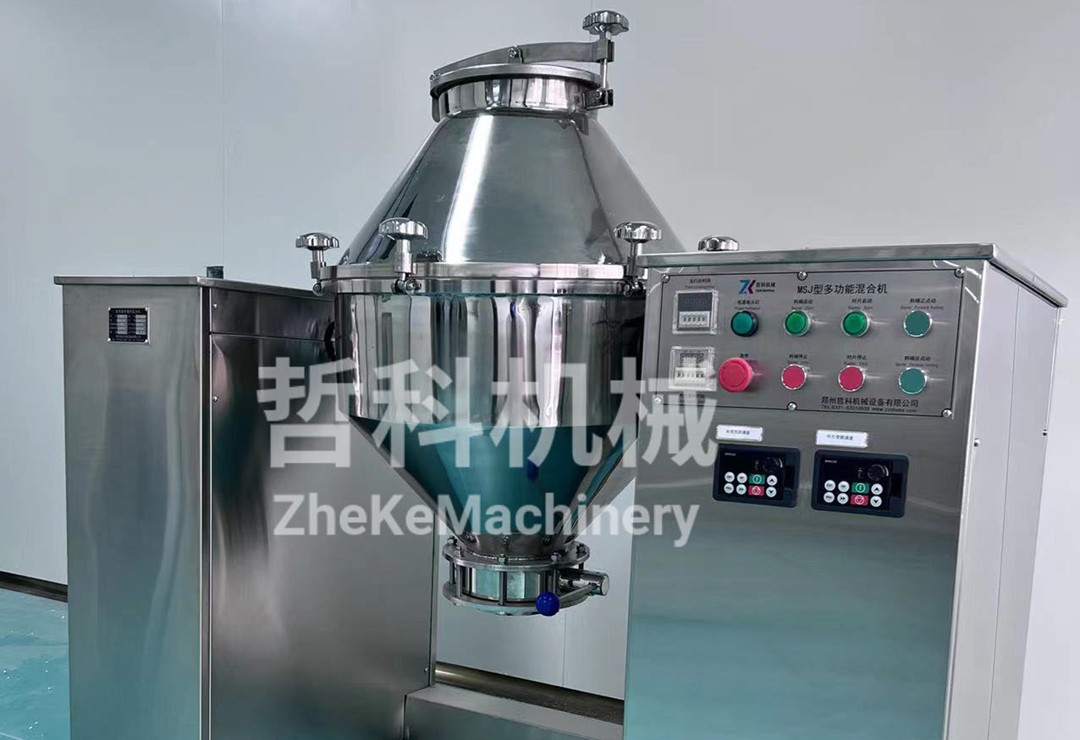




Mixer in the use of the process requires regular testing of the mixing quality to ensure the quality of the products processed and produced, so how to test the homogeneity of the mixture? The following small to introduce you on the detection of mixing machine commonly used to detect the quality of mixing methods.

Mixing machine commonly used usually use two kinds of methods to detect the quality of mixed:
1、Visual inspection method: When judging the dispersion of carbon black, the dispersion grade of carbon black is determined by comparing the observed cut of the pattern with a set of standard photos, and the result is expressed by the numerical value.
It is done by tearing or cutting the mixture type sample, (in some cases with appropriate treatment) to expose its fresh surface, observing it with the naked eye, preferably under a magnifying glass or low power binocular microscope, comparing the dispersion of carbon black with a set of a total of five standard size photographs, and then rating it. That is why the method is called the comparative sample method. The visual dispersion grade is related to some major physical aspects of the mixture. The method rates the dispersion grade of carbon black in five grades. A grade of 5 indicates that such a dispersion state is the closest to these physical properties, while a blend state with a grade of 1 results in a significant decrease in these properties.
2、Cluster counting method: It relies on the percentage of area occupied by carbon black clusters in the mixture section by optical microscope to assess the dispersion degree of the mixture. Since this method involves direct measurement, it is a quantitative determination and a method adopted by ASTM.
This is done by cutting the mixture into sufficiently thin slices and after some treatment, placing them under transmitted light and observing the carbon black aggregates in them through an optical microscope. The magnification of the optical microscope is between 75 and 100 times. The eyepiece used for counting contains a grid of 1 cm2 size divided into 10,000 small squares. The area occupied by all carbon black agglomerates of not less than 5 μm was calculated. The percentage of carbon black agglomerates of 5 μm in size can be derived from the known carbon black content of the material and is expressed as "carbon black dispersion percentage".
There are many other methods to directly determine the mixing state, such as the photoelectric method, which is based on the principle that a thin 40um specimen made from a mixture of LDPE and carbon black and processed is scanned under a microphotometer, because the size of the carbon black microclusters and their distribution are not uniform, and the intensity of the light transmitted through them is different. Optical microscopy method and electron microscopy are commonly used as qualitative methods to directly observe the shape structure of the mixture.